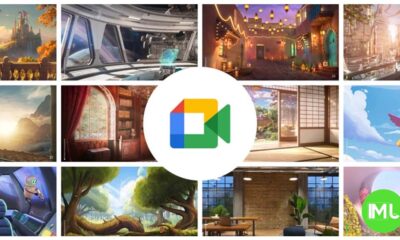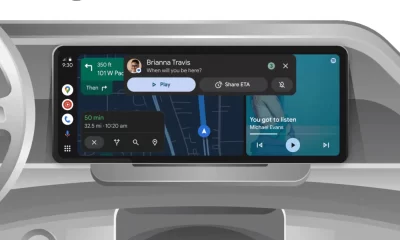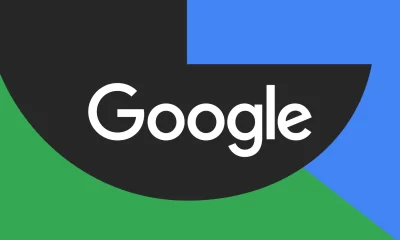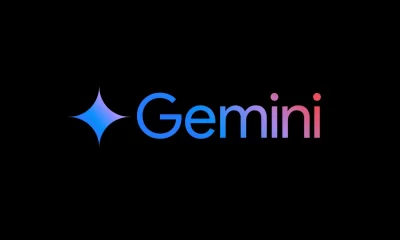Chrome for Android achieves double speedometer performance
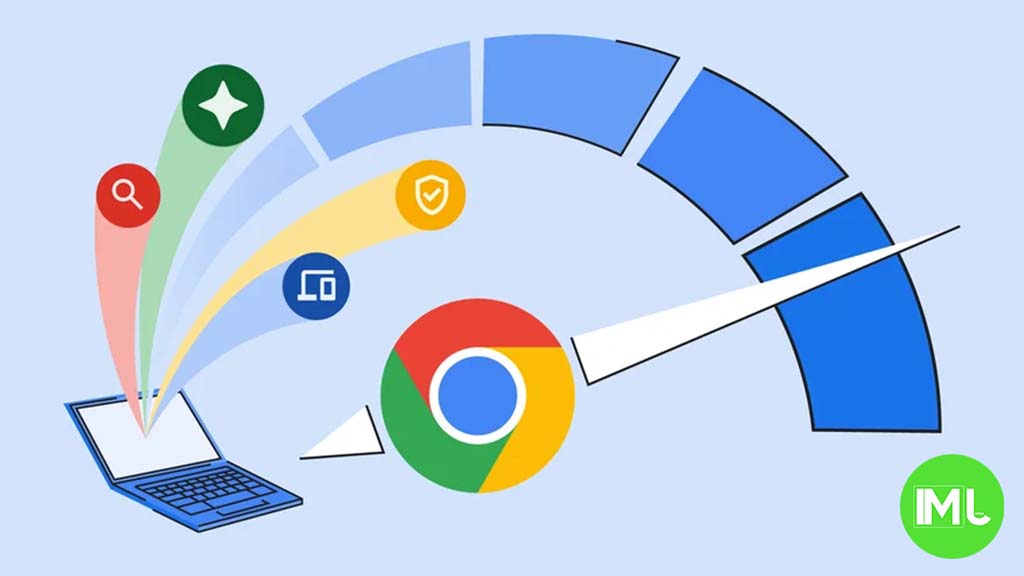
Google recently announced a significant milestone for Chrome on Android—the browser has doubled its Speedometer score, showcasing major performance gains over the past two years. Here’s a breakdown of how Google achieved this improvement, making Chrome faster and more efficient for Android users.
What Is Speedometer and Why Does It Matter?
Speedometer is a benchmark tool used to measure how quickly a browser can handle common web tasks, like rendering HTML, CSS, and JavaScript. This score reflects real-world performance, helping developers track improvements and identify bottlenecks in browser speed.
Massive Gains in Speed
Since April 2023 (Chrome 112), Google has reported significant boosts in Speedometer 2.1 scores for Android devices. For instance:
- Loading a Google Docs file on the Pixel Tablet is now 50% faster.
- Devices powered by the latest Snapdragon 8 Elite Mobile Platform have set new performance records for mobile browsers.
In some cases, Speedometer scores have more than doubled, delivering a smoother and faster browsing experience.
Three Key Areas of Improvement
Google attributes these advancements to optimizations in three core areas: build structure, JavaScript and rendering engines, and hardware collaboration.
1. Optimized Builds for Android Devices
Google introduced a high-performance build of Chrome specifically for premium Android devices, departing from its earlier “one-size-fits-all” approach. Key changes include:
- Focus on ARM64 architecture: Utilizing advanced ARM64 features and 64-bit operations, which are faster than ARM32.
- Prioritizing speed over size: On high-end devices with more storage and RAM, Chrome is now built using speed-optimized compilers (-O2 / -O3) instead of size-focused ones (-Oz).
- Better inlining and profiling: By tweaking compiler settings and using Profile-Guided Optimization (PGO), Chrome processes critical tasks faster.
- Improved code order: Google aligned Chrome’s code layout with the latest ARM64 build to enhance performance further, factoring in Speedometer 3, the latest browser benchmark standard.
2. Enhanced JavaScript and Rendering Engines
The V8 JavaScript engine and Blink rendering engine received several updates to improve performance and energy efficiency:
- Faster HTML parsing: A new fast-path parser speeds up handling of HTML attributes.
- Sparkplug and Maglev compilers: These new compilers improve the way Chrome processes JavaScript by balancing speed and optimization levels, reducing delays.
- Smarter memory management: Garbage collection now happens during idle times or page navigation, minimizing disruptions.
- Incremental improvements: Small but impactful upgrades were made to the parsing, styling, layout, and text rendering processes.
3. Partnering with Android Hardware Makers
Google worked closely with partners like Qualcomm to ensure Chrome makes the best use of device hardware. For example:
- The Snapdragon 8 Elite Mobile Platform achieved a 60–80% performance boost in Speedometer 3.0, thanks to optimized thread scheduling and hardware tuning.
What This Means for Users
These advancements mean faster page loads, smoother browsing, and better battery life for Android users. Whether you’re using an entry-level phone or a high-end device, Chrome’s tailored improvements ensure a superior browsing experience.
With these changes, Google demonstrates its commitment to keeping Chrome at the forefront of browser technology, delivering speed and reliability to billions of users worldwide.
Google Meet gets a fresh new look with Material 3 design
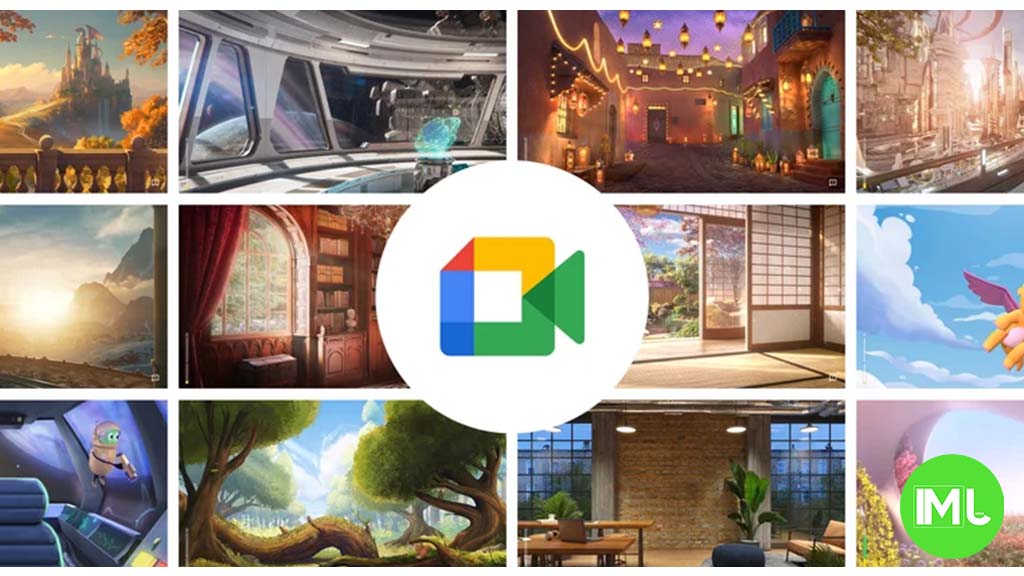
Google Meet is getting a big update to its look, thanks to the new Material 3 design. This change brings a cleaner and more modern style to the video calling app, making it easier and more enjoyable to use.
With Material 3, Google Meet now has rounder buttons, softer colors, and better spacing between elements. The main controls, like the microphone, camera, and end call buttons, are now larger and easier to tap. The icons and text are also clearer, which helps users find what they need quickly during a call.
Another improvement is the new “expressive” color system. This feature lets the app’s colors match your device’s wallpaper or theme, giving each user a unique and personalized experience. The changes also make Google Meet more accessible, as the new design is easier to read and use for everyone, including people with vision difficulties.
These updates are rolling out to both web and mobile versions of Google Meet. Google says the new look will help people feel more comfortable and focused during their meetings. Overall, the Material 3 update makes Google Meet not only look better but also work better for all its users.
Android
Easy ways to change Android Auto’s look with light and dark themes
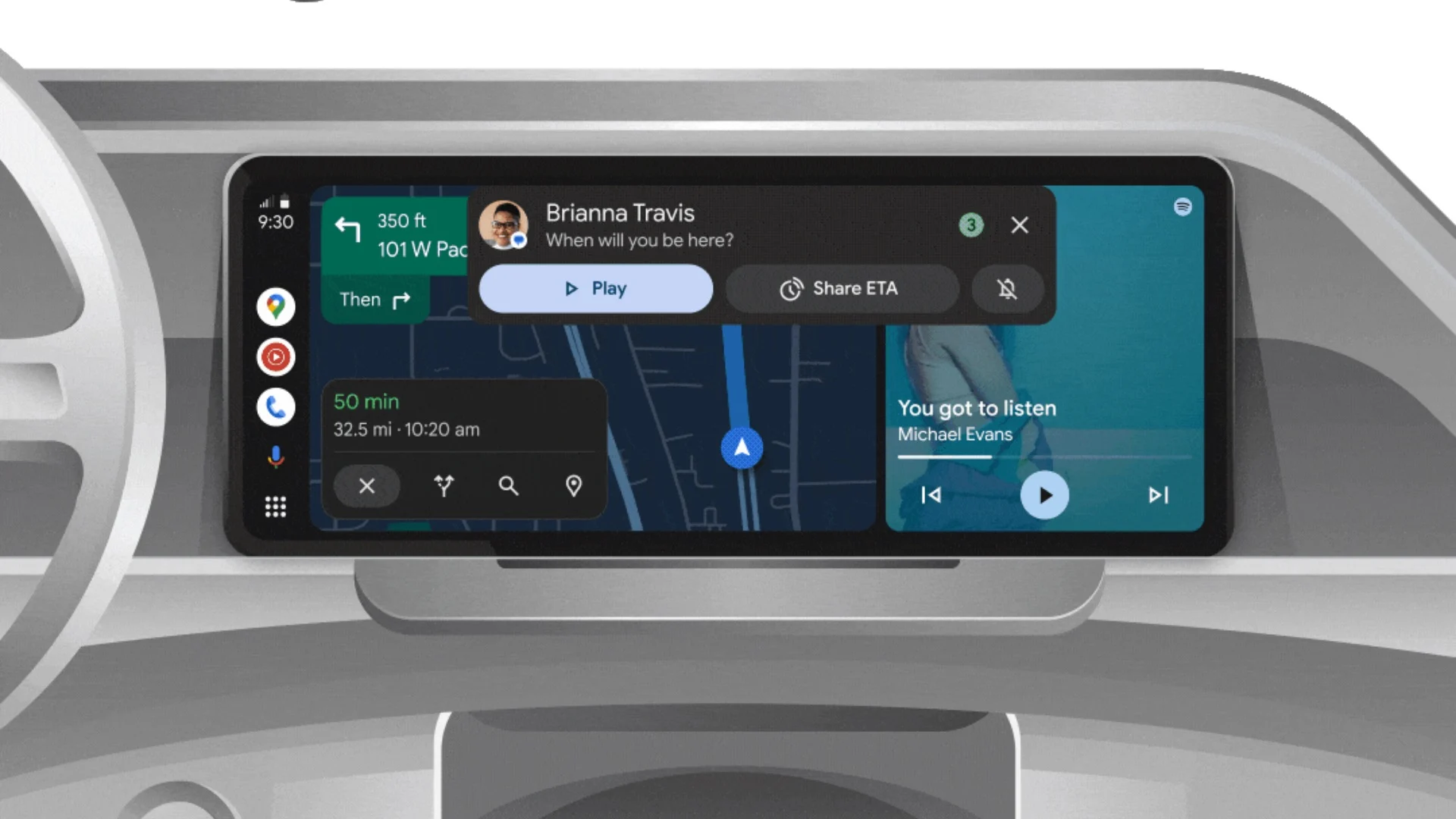
Android Auto is a helpful tool that lets you use your phone’s apps safely while driving. It connects your phone to your car’s screen, making it easier to use maps, music, and calls. One of the features many people like is the ability to change how Android Auto looks by switching between light and dark themes.
How to switch between light and dark themes
Android Auto offers two main themes: light and dark. The light theme uses brighter colors, which can make the screen easier to see during the day. The dark theme uses darker colors, which can be more comfortable for your eyes at night or in low light.
To change the theme, follow these steps:
- Open the Android Auto app on your phone.
- Go to the settings menu.
- Find the “Theme” option.
- Choose between “Light,” “Dark,” or “Set by car” (this lets your car decide the theme based on the time of day or your car’s settings).
Why themes matter
Using the right theme can make driving safer and more comfortable. The light theme is good for bright days, while the dark theme helps reduce glare at night. Having these options means you can pick what works best for you, making Android Auto easier to use in any condition.
In short, Android Auto’s theme options are simple to use and help you drive more safely by making the screen easy to see, no matter the time of day.
Google Drive and Files by Google get fresh updates for easier use
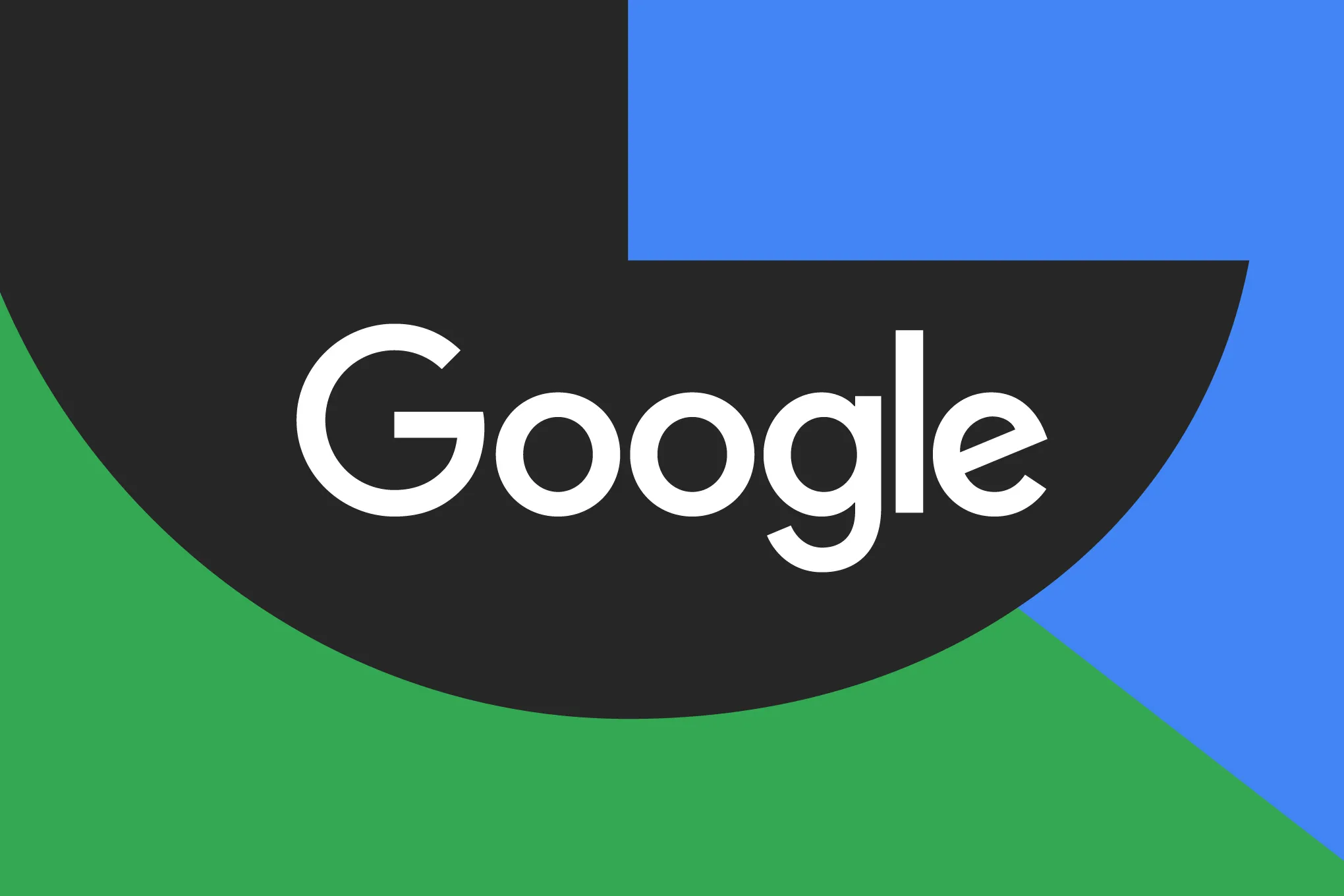
Google is rolling out some helpful updates to two of its popular apps: Google Drive and Files by Google. These changes are designed to make managing your files and watching videos much smoother.
First, Google Drive is getting a new video player. Now, when you upload a video to Drive and open it, you’ll notice a fresh look that matches Google’s latest design style. The controls, like play and pause, are easier to use and look cleaner. This update makes it simpler to watch videos directly in Drive without needing to download them first.
Meanwhile, the Files by Google app is also getting a makeover. The app is adopting Google’s Material 3 design, which means it looks brighter and more modern. The buttons and menus are easier to see and use, making it simpler to find, move, and organize your files. There are also new color options and improved icons, so everything feels more user-friendly.
Both updates show Google’s commitment to making its apps more helpful and enjoyable to use. Whether you’re watching videos in Drive or sorting files on your phone, these changes aim to save you time and make things less complicated. If you use these apps, keep an eye out for these new features—they should arrive soon!
-
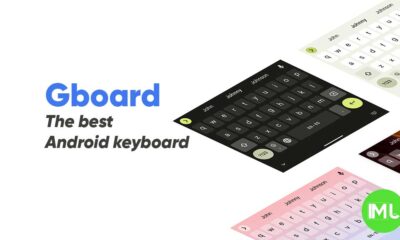
 Apps1 year ago
Apps1 year agoGboard Proofread feature will support selected text
-

 News1 year ago
News1 year agoSamsung USA crafting One UI 6.1.1
-

 Apps12 months ago
Apps12 months agoGoogle Contacts app testing new Besties Widget
-
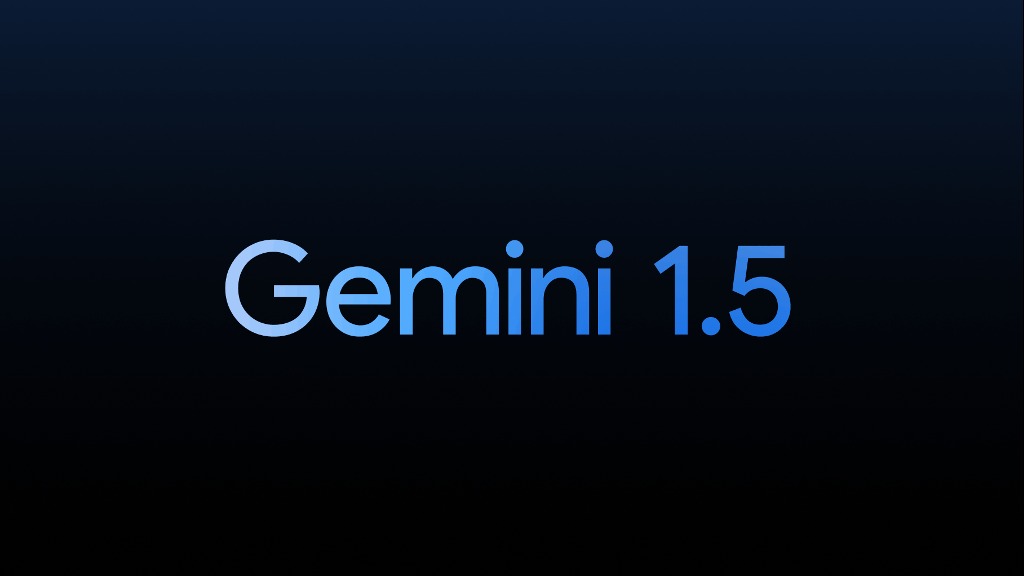
 AI12 months ago
AI12 months agoGoogle Pixel 9 Pro may come with a complimentary one-year Gemini Advanced subscription
-

 News1 year ago
News1 year agoBreaking: Samsung Galaxy S22 may get Galaxy AI features
-
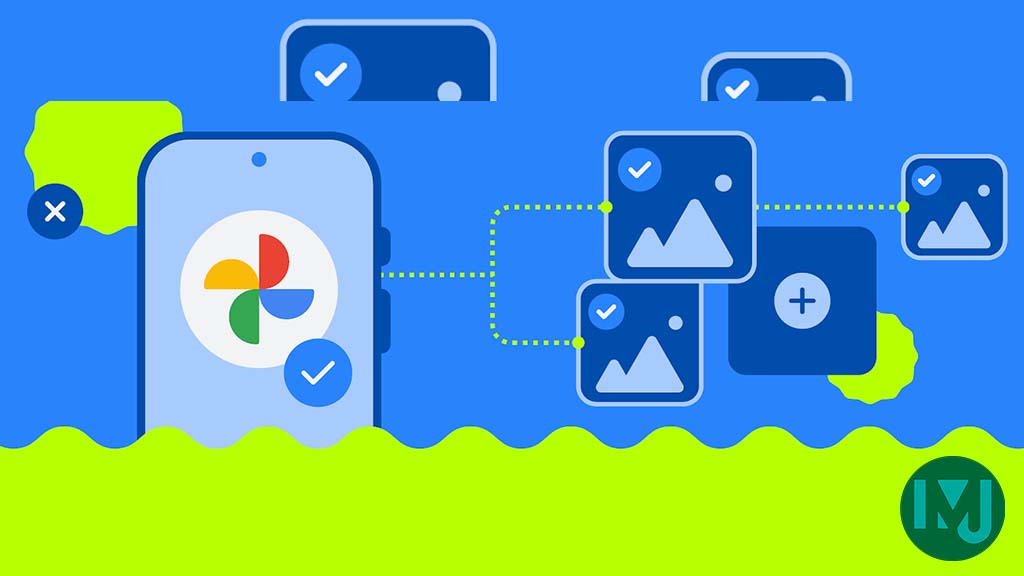
 Apps12 months ago
Apps12 months agoGoogle working on a new video editing feature for its Photo app
-
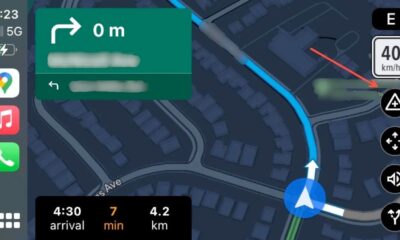
 Apps12 months ago
Apps12 months agoGoogle Maps lets you report traffic jams and accidents on Apple CarPlay, but not on Android Auto
-

 Apps12 months ago
Apps12 months agoGoogle Messages app will transform MMS chats into RCS

